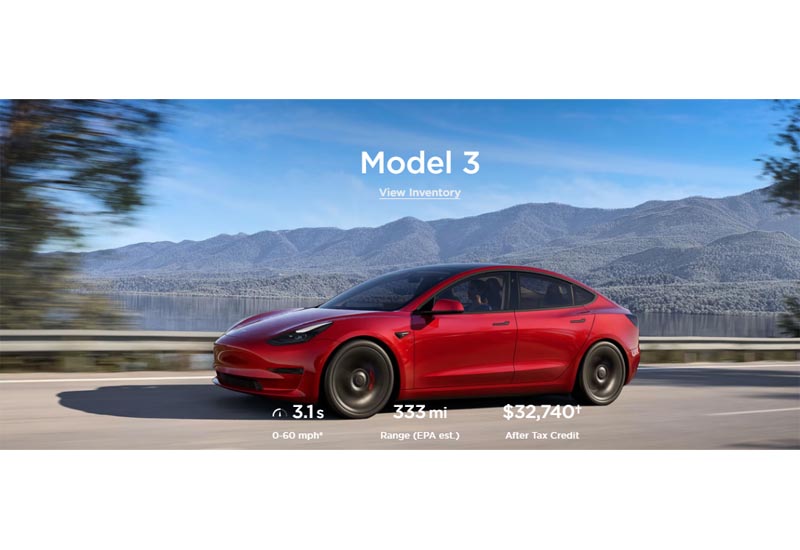For Model 3 owners stuck with aging battery packs in need of replacement, Tesla is rolling out a tantalizing new option: ditch those old cells entirely and upgrade to the company’s latest LFP cell batteries packs tech. It’s an electrifying proposition, pun very much intended.
Tesla owner Warren on X says: “Tesla offers a LFP pack retrofit (for select model 3’s) with upgraded rear springs and dampers! It even increases your 0-60!” and post a pic about Tesla full agreement file.

The LFP retrofit program applies to select early Model 3 sedans originally equipped with Tesla’s 2170 cell batteries that require a new battery under warranty. Owners of these primordial 3s can now opt to have Tesla’s hardworking technicians swap in one of the company’s modern LFP packs instead of just slapping in another outdated 2170 cell batteries unit.
Lest you think this is purely an academic exercise, there are some legitimate benefits to making the leap to lithium-iron. For one, LFP batteries can typically be charged to 100% daily without damaging the cells, unlocking more consistent range than older chemistries that require limiting charge levels. Tesla also claims the LFP packs boast longer service lives overall.
But trading battery techs isn’t as simple as just swapping one rectangular prism for another. Since LFP batteries are noticeably heftier than their 2170 forebears, Tesla will upgrade the recipient cars’ suspension bits—springs, dampers, the works—to compensate for those added pounds. A four-wheel alignment ties the whole shebang together.
There is a minor performance penalty to pay, mind you. Tesla transparently admits the LFP transplant will add about half a second to the Model 3’s 0-60 mph time compared to its original sprint. Fairly negligible for most folks, but noteworthy nonetheless for anyone wringing out every last tenth.
The value proposition seems solid for owners stuck replacing their battery anyway; fork over the presumably modest cost differential, and you basically get a brand-new, cutting-edge power unit installed alongside some chassis upgrades to boot. Not too shabby for maximizing the lifespan of an aging EV.
It’s encouraging to see Tesla not just discarding older models on the road to battery obsolescence either. The LFP retrofit allows those cars to keep on trucking with modern power cells underneath—a win for sustainability, not to mention customers’ wallets.
